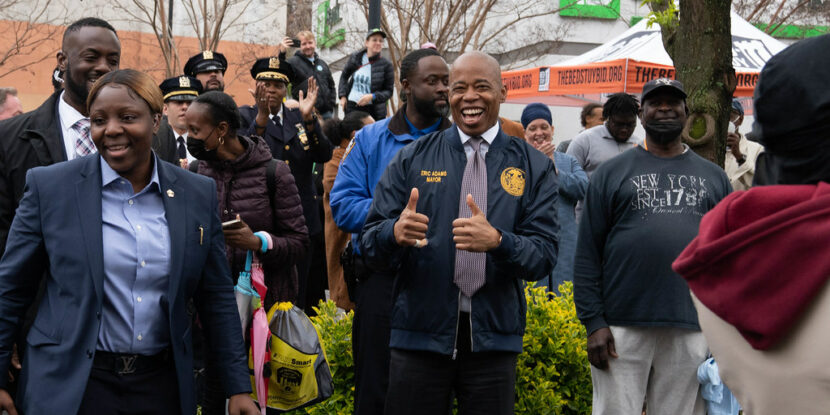
PULSE POINTS:
❓What Happened: New York City Mayor Eric Adams announced his intention to seek reelection as an independent candidate.
👥 Who’s Involved: Eric Adams, currently serving as mayor; Former Governor Andrew Cuomo, who is also running for mayor.
Your free, daily feed from The National Pulse.
📍 Where & When: The announcement was made during an interview with POLITICO, published on Thursday.
💬 Key Quote: Adams stated, “I’m in the race to the end… I’m not running on the Democratic line.”
⚠️ Impact: This decision signifies a shift in political strategy following the recent dropping of bribery charges against him.
IN FULL:
New York City Mayor Eric Adams has revealed his intention to run for reelection as an independent candidate, marking a significant shift in his political strategy. This announcement came during an interview with POLITICO, published Thursday. Adams’s departure from the Democratic Party and the launch of his independent bid for reelection comes on the heels of federal prosecutors deciding to drop all bribery and related charges against the New York City Mayor.
“I have been this racehorse that has been held back. This is so unnatural for me,” Adams said on Thursday. He continued: “I’m in the race to the end. I’m not running on the Democratic line. It’s just not realistic to turn around my numbers and to run a good campaign (from) where we are right now.”
In September, Adams faced allegations of accepting illegal campaign contributions from the Turkish government, leading to federal bribery, conspiracy, and campaign finance charges. He pleaded not guilty to all counts. However, earlier this year, the Department of Justice (DOJ) moved to dismiss the corruption charges, which were officially dropped on Wednesday after a federal judge approved the government’s dismissal motion. Adams expressed feeling “handcuffed” by the legal proceedings.
A recent survey conducted by Quinnipac University showed Adams with just a 20 percent approval rating among New Yorkers, suggesting his independent bid will face serious headwinds heading into the November election. Adams has already drawn a serious challenger in the mayoral race, with former New York Governor Andrew Cuomo also entering.
Over three million New York City residents are registered Democrats, and another 1.1 million identify as independents, while just 558,778 are registered as Republicans. However, a crowded Democrat primary field could result in a far-left candidate like Democratic Socialist Zohran Mamdani narrowly edging out a win, which Adams’s allies believe would be the best-case scenario for his independent reelection bid.
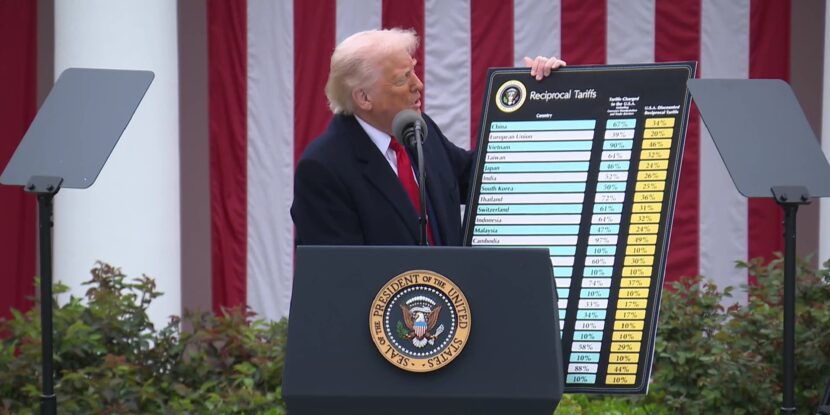
President Donald J. Trump has announced a series of new tariff rates at his administration’s “Liberation Day” event at the White House Rose Garden, including the imposition of a 10 percent across-the-board tariff on all foreign imports. In addition to the 10 percent blanket tariff, Trump is set to impose a series of targeted trade levies on imports from 60 nations—with the tariff rate often being set at half that which the targeted country places on American exports as an act of generosity.
“My fellow Americans, this is Liberation Day. April 2nd, 2025 will forever be remembered as the day American industry was reborn, the day America’s destiny was reclaimed, and the day that we began to Make America Wealthy Again,” Trump said. “For decades, our country has been looted, pillaged, raped, and plundered by nations near and far, both friend and foe alike. American steelworkers, autoworkers, farmers, and skilled craftsmen—we have a lot of them here today—they really suffered gravely; they watched in anguish as foreign leaders have stolen our jobs; foreign cheaters have ransacked our factories, and foreign scavengers have torn apart our once beautiful American dream.”
Your free, daily feed from The National Pulse.
The America First leader went on to note: “We’re also standing up for our great farmers and ranchers who are brutalized by nations all over the world. Canada imposes a 250-300 percent tariff on many of our dairy products.”
Among the countries and regions facing additional tariffs above the 10 percent blanket rate are China, Vietnam, Taiwan, Japan, India, the European Union, South Africa, and South Korea. Notably, Chinese imports will be hit with a tariff rate of 34 percent and Indian goods will be tariffed at 26 percent.
Notably, Brexit has spared the United Kingdom, which faces only the base rate of 10 percent, from the 20 percent tariff imposed on the European Union.
— Donald J. Trump (@realDonaldTrump) April 2, 2025
Jack Montgomery contributed to this report.
show less
President Donald J. Trump has announced a series of new tariff rates at his administration's "Liberation Day" event at the White House Rose Garden, including the imposition of a 10 percent across-the-board tariff on all foreign imports. In addition to the 10 percent blanket tariff, Trump is set to impose a series of targeted trade levies on imports from 60 nations—with the tariff rate often being set at half that which the targeted country places on American exports as an act of generosity. show more
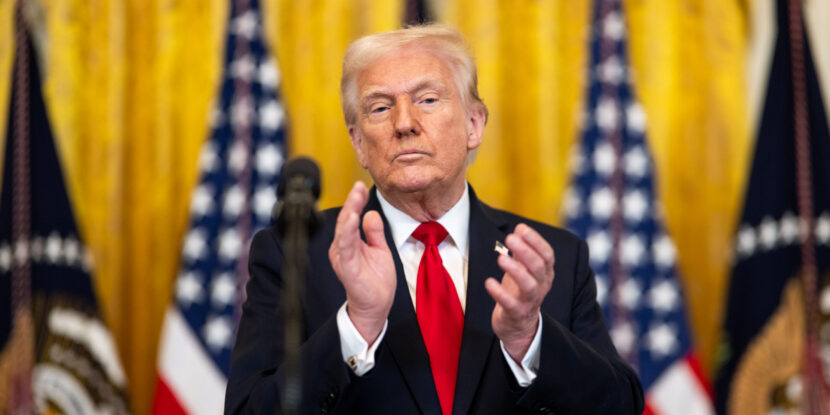
PULSE POINTS:
❓What Happened: President Donald J. Trump has announced new tariffs aimed at promoting fair trade and supporting American workers and businesses. Research shows tariffs boosted the economy in his first term.
👥 Who’s Involved: President Donald Trump, U.S. International Trade Commission, Economic Policy Institute, U.S. steel producers, American consumers.
Your free, daily feed from The National Pulse.
📍 Where & When: United States, pledge made on the 2024 campaign trail and following President Trump’s inauguration.
💬 Key Quote: “Following implementation of Sec. 232 measures in 2018—and prior to the global downturn in 2020—U.S. steel output, employment, capital investment, and financial performance all improved,” the Economic Policy Institute reports.
⚠️ Impact: The tariffs resulted in reduced imports, increased domestic production, job creation, and investments in new or upgraded steel facilities.
IN FULL:
For the first time in several decades, the U.S. is poised to redefine its trade dynamics as President Donald J. Trump introduces tariffs aimed at equalizing trade conditions for American industries and American workers. This strategic move, reminiscent of actions taken during his first administration, aims to bolster economic growth.
Research conducted on the impact of tariffs from President Trump’s first term suggests that these measures fortified the U.S. economy. A 2024 study highlighted that tariffs resulted in significant reshoring in sectors such as manufacturing and steelmaking, while a 2023 U.S. International Trade Commission report revealed that tariffs curtailed imports from China and promoted local production.
The report indicated minor downstream price effects, aligning with findings by the Economic Policy Institute, which emphasized that the tariffs did not exacerbate inflation and had a negligible impact on prices overall.
“Following implementation of Sec. 232 measures in 2018—and prior to the global downturn in 2020—U.S. steel output, employment, capital investment, and financial performance all improved,” the Economic Policy Institute stated. This period saw U.S. steel producers commit over $15.7 billion to new or upgraded facilities, generating approximately 3,200 jobs.
A further analysis conducted by the Atlantic Council points to a potential increase in domestic product purchases prompted by tariffs. The Treasury Secretary under the Biden regime, Janet Yellen, supported this stance, stating that consumer prices would not significantly rise as a result of tariffs.
A separate 2024 economic analysis projected that a global 10 percent tariff could stimulate $728 billion in economic growth, create 2.8 million jobs, and lift real household incomes by 5.7 percent.
During President Trump’s first term, tariffs bolstered the iron ore industry in Minnesota, supported thousands of new jobs, led to investments exceeding $10 billion, and decreased steel and aluminum imports by nearly one-third from 2016 to 2020.
show less

 2 months ago
9
2 months ago
9
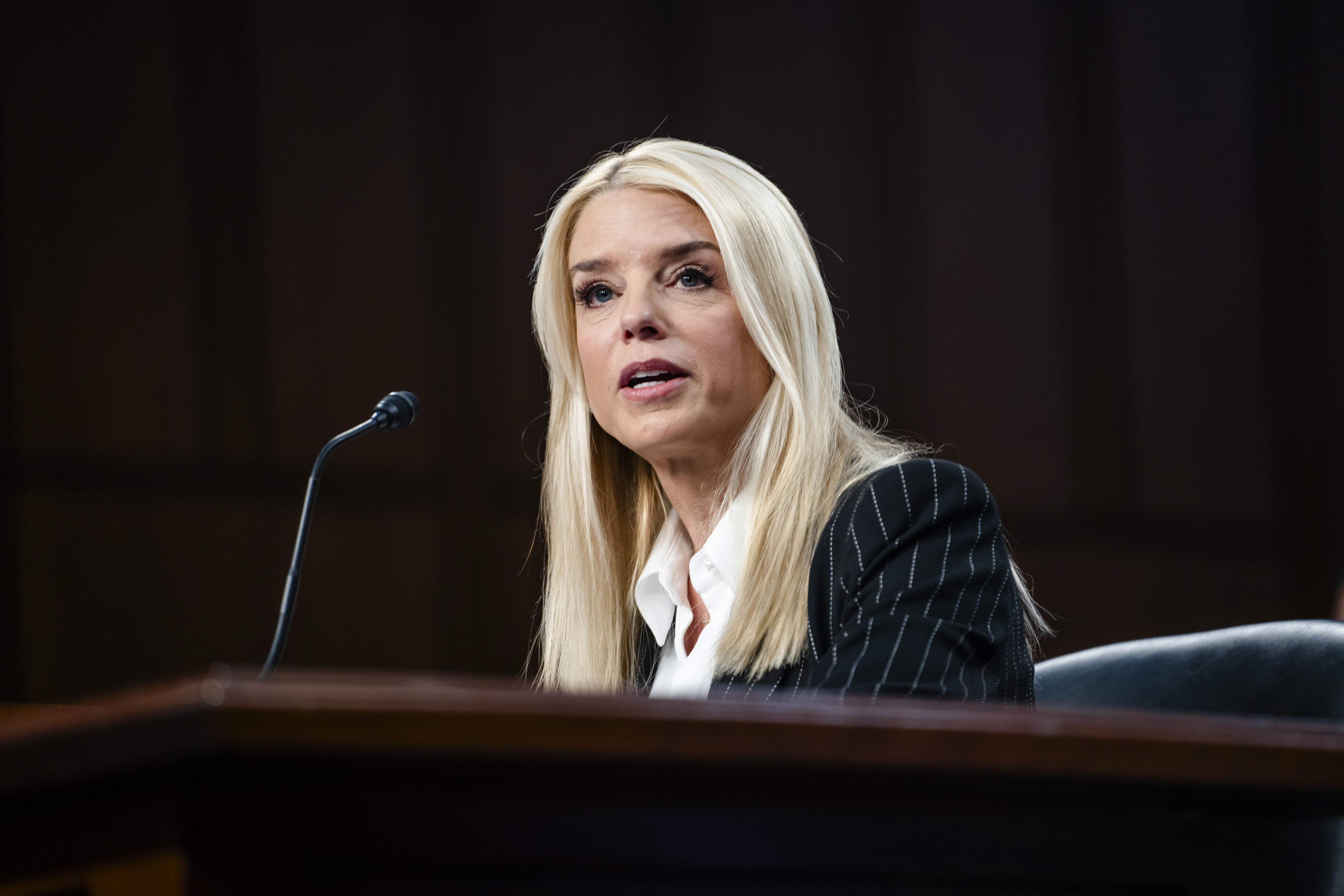
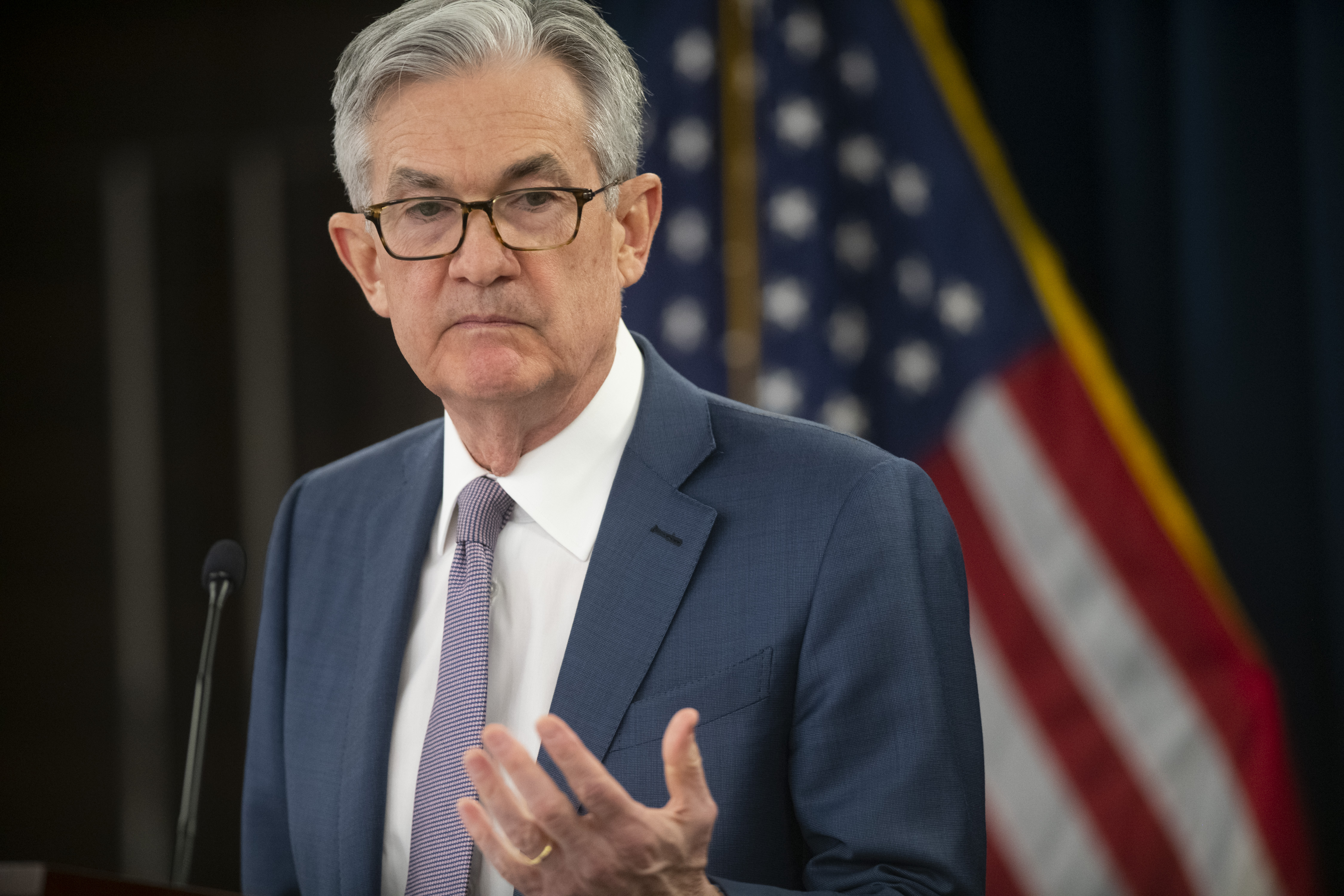






 English (US) ·
English (US) ·